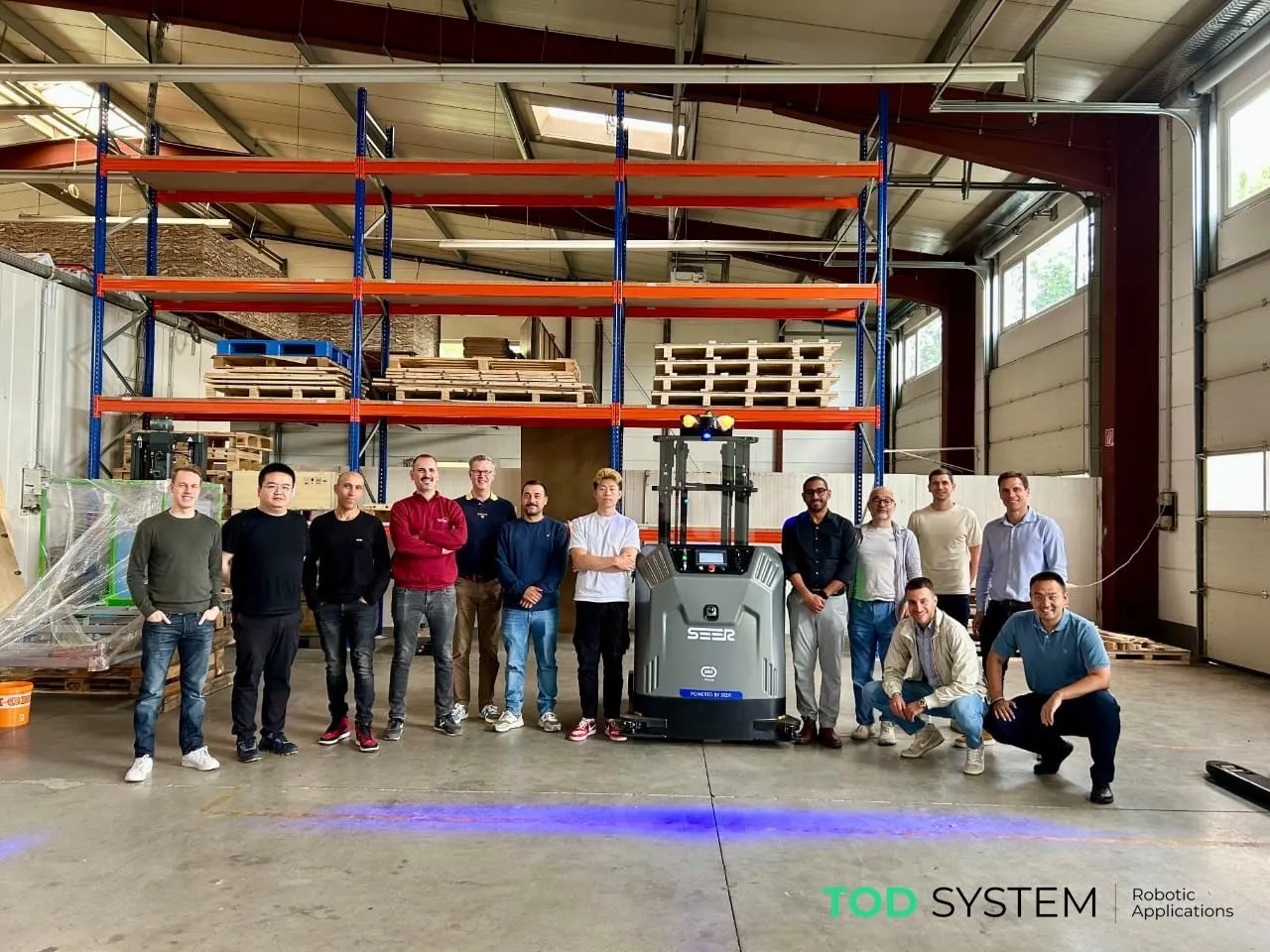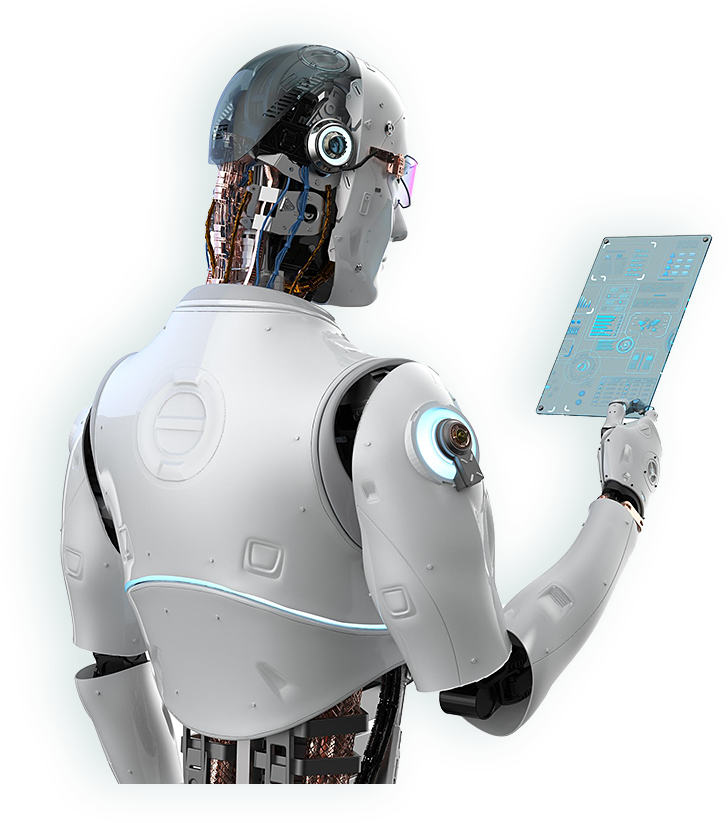Content index
ToggleTechnological progress has led to the emergence of a new generation of robots: the humanoid robots. These devices, designed to mimic the behaviour, movements and partly the appearance of human beings, are transforming the world of work, opening up new opportunities in both industry and services.
What are humanoid robots?
Humanoid robots are advanced robotic systems with human-like physical and functional characteristics. Thanks to sophisticated sensors, artificial intelligence And articulated movement skillsThey can perform complex tasks, interact with people and adapt to different operating contexts.
They are not just mechanical arms or robots specialised in a single task: humanoid robots are designed to working directly with manbecoming true partners in everyday activities.
How are they changing production?
In the industrial sector, humanoid robots are beginning to be integrated into production lines to support workers in tasks requiring flexibility, precision and adaptability.
Here are some practical examples:
- Assistance with assemblyhumanoid robots can pass tools, position components and support delicate operations.
- Quality control and inspectionsequipped with advanced machine vision, they can check for defects or anomalies in real time.
- Training and technical supportThanks to their ability to interact, they can guide new operators, explain procedures or provide safety instructions.
In this context, human-robot collaboration makes it possible to reduce operator fatigue, improve production efficiency and increase the overall quality of work.
The impact in services
In addition to the industrial world, humanoid robots find applications in various service sectors:
- Reception and receptionIn hotels, airports and trade fairs, robots can welcome visitors, provide information and manage queues.
- Customer servicein shops and shopping centres, they can guide customers, suggest products and answer questions.
- Support for fragile peopleIn medical centres and nursing homes, humanoid robots help with patient monitoring, provide companionship and support cognitive stimulation activities.
- Education and TrainingAs assistants in schools and universities, they facilitate learning and encourage interaction.
The benefits of human-robot collaboration
The introduction of humanoid robots in companies and services brings with it several benefits:
✅ Increased securityrobots can perform dangerous or strenuous tasks, reducing the risk for operators.
✅ Operational flexibilityA humanoid robot can adapt to different roles and work scenarios.
✅ Improving the customer experienceassistance is quicker, more accessible and engaging.
✅ Innovation and corporate imageAdopting state-of-the-art solutions strengthens the company's reputation as a technology leader.
A future of collaboration
The future of work will increasingly see humans and robots working side by sidein a synergy that combines human creativity and emotional intelligence with the precision and tirelessness of machines.
At TodSystem, we are at the side of companies that want to embrace this evolution, offering solutions of collaborative robotics tailored, consultancy and technical support to integrate humanoid robots into production processes and services.
💡 Want to find out how humanoid robots can revolutionise your business?
Contact us today: together we can build the future.







